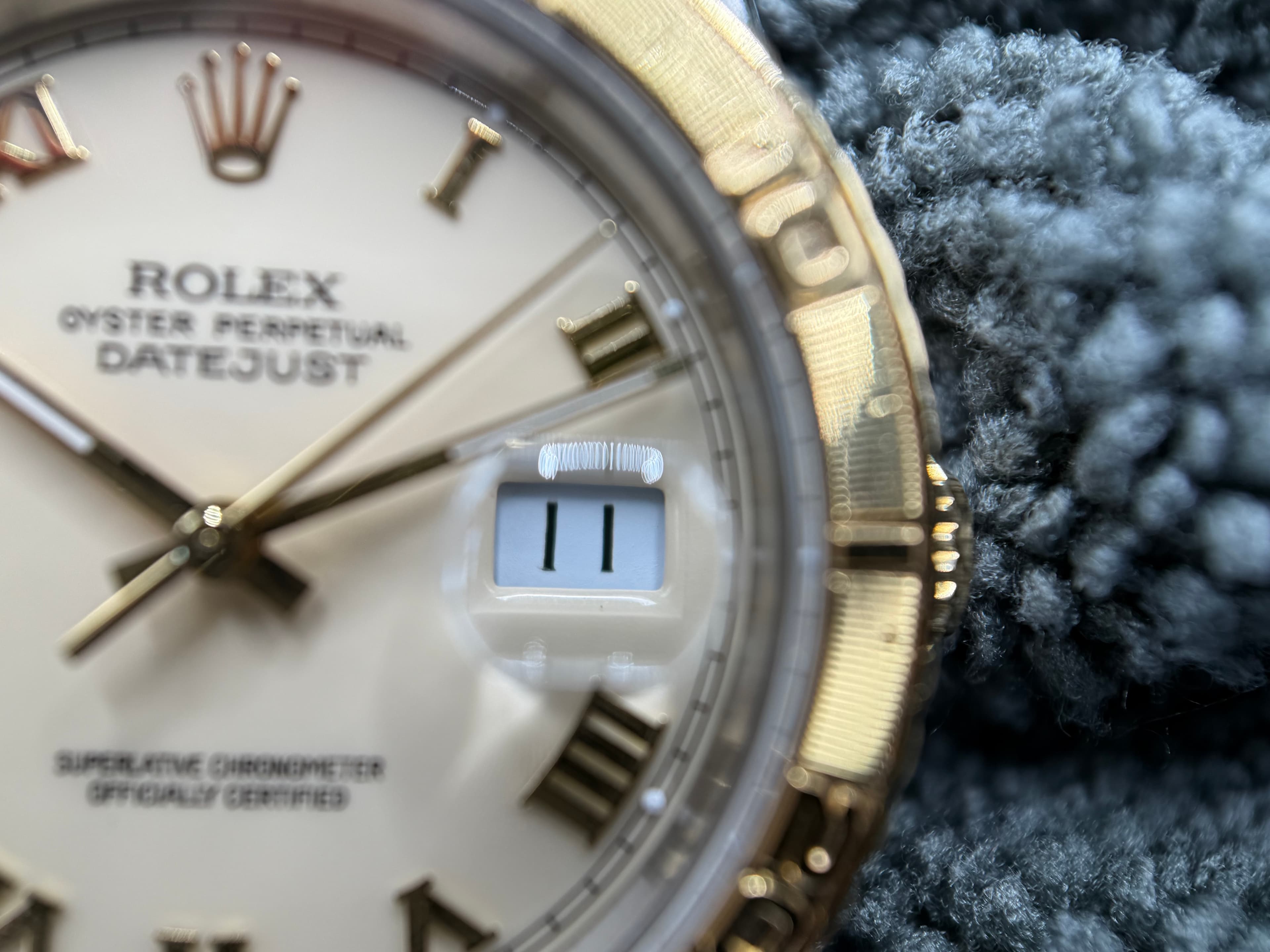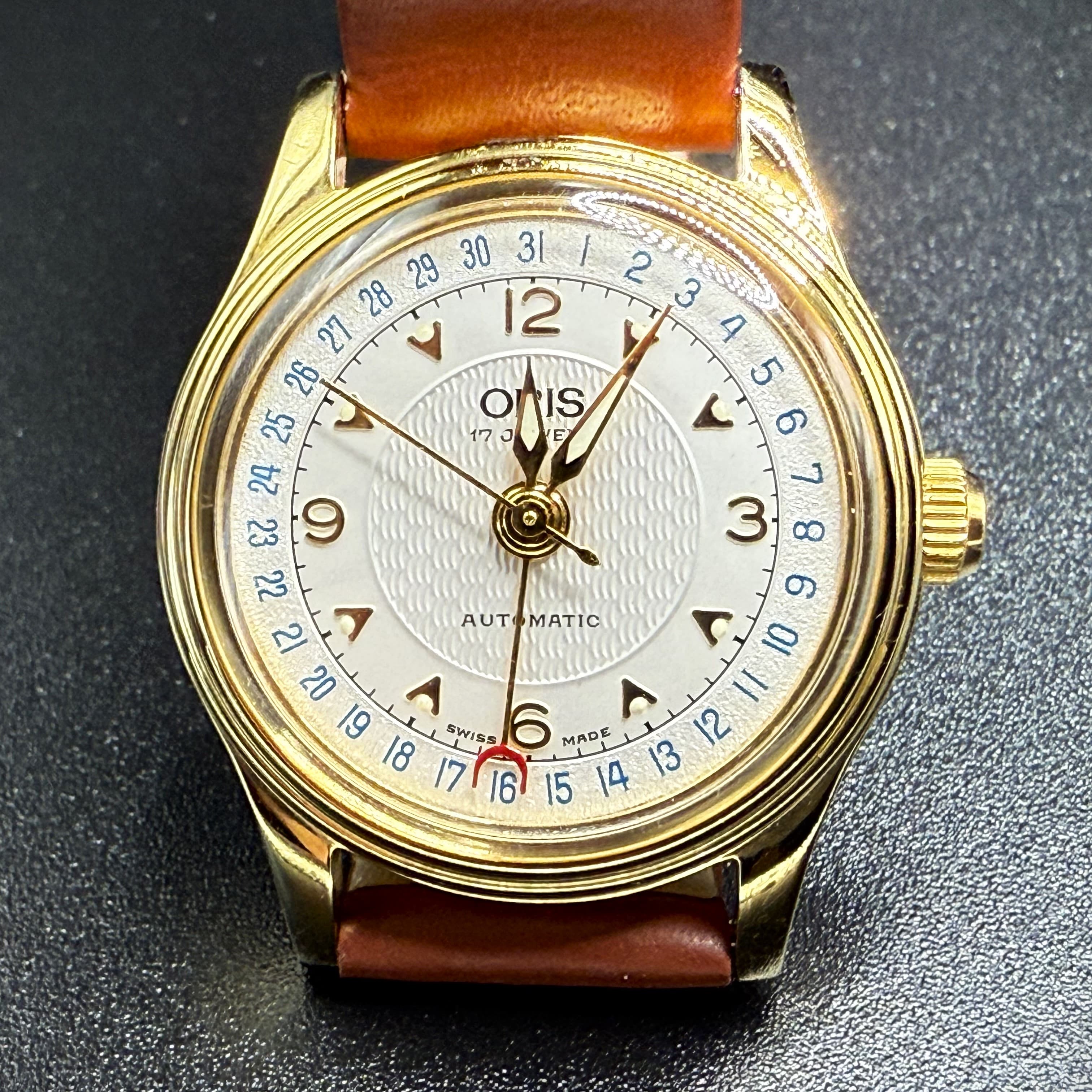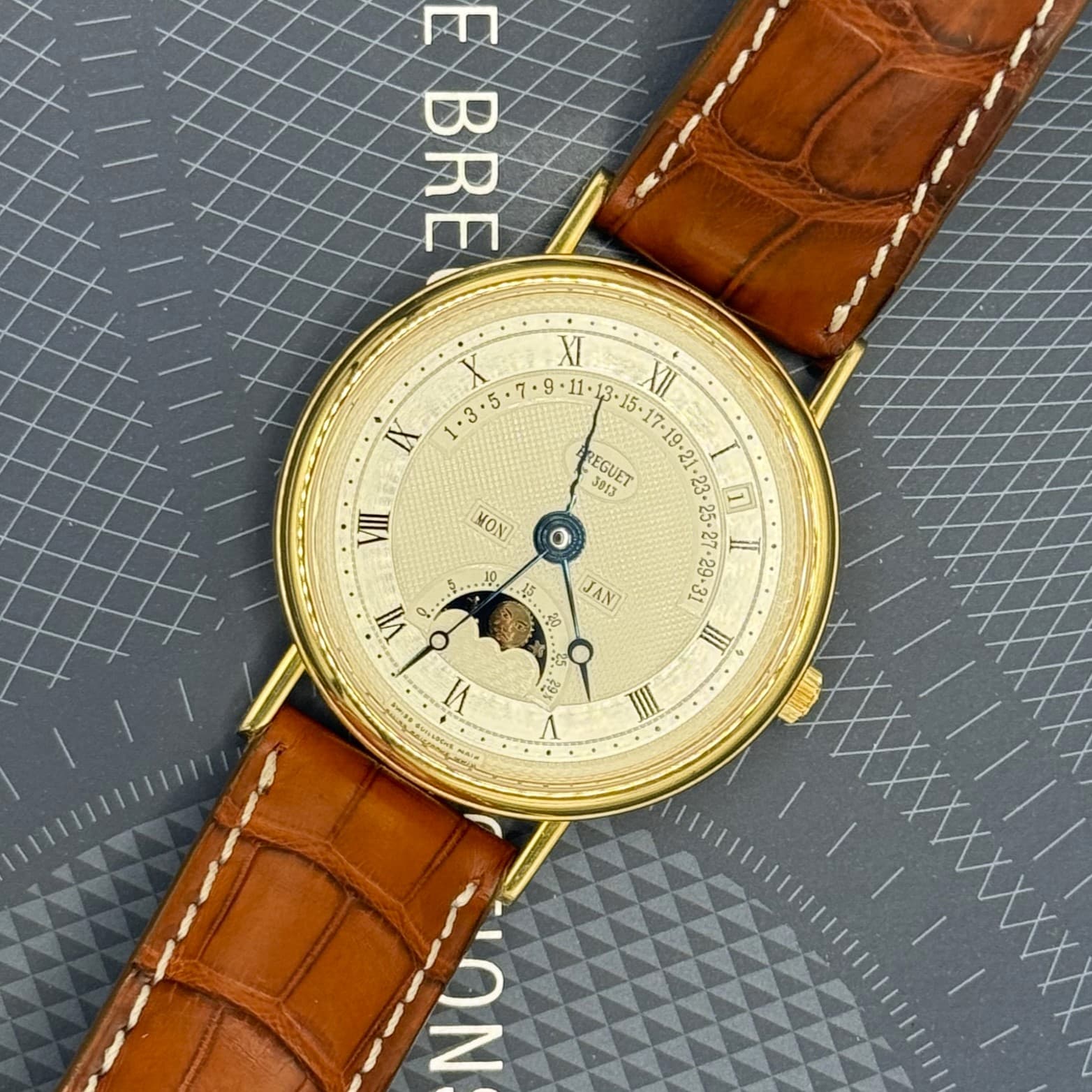I've Got a Date! (and Calendar)

The word “complication” has a much more positive connotation in the world of horology than the world of romantic relationships. A complication for watchmakers is any function beyond the basic hour-minute display, such as a timer, chime or even a second hand. Arguably the most famous of these complications is a date function, the ability for a watch to display the day of the month in some way. In this article, we’ll discuss a little bit about the history of the date complication, various ways it’s been implemented, and some variations that make the humble complication something at home in the most complex mechanical timepieces.
A Brief History of Dates
Calendars have arguably been a part of mechanical timekeeping since the first mechanical clocks. From the 11th century in Asia, and the 14th century in Europe [1], mechanical clocks served at least in part as an evolution of early astrolabes, which necessitated a type of calendar as a function. As large astronomical clocks continued to evolve and shrink, becoming pendulum clocks then spring driven clocks, calendar components were often incorporated in some form or another.

Calendar complications had made their way to pocket watches by the 19th century [2], and in 1915 the first patent for a date complication in a wrist watch was filed by watchmaker A. Hammerly. The first date complications were of the “pointer date” variety, where a central hand pointed to the date listed around the outside of the dial. This was shortly followed by the invention of the digital date display, utilizing a rotating date disk (or in the case of “grande date” watches 2 disks) to display the date through a window on the dial; most modern watches with a date still utilize this basic design today.

The Perpetual Case for Calendars
Due to the limited space in a wrist watch, the earliest date complications followed simple 31 day cycles, meaning that at the end of months with fewer than 31 days, the date would need to be manually set forward to the 1st. By the 17th century, clockmakers had managed to implement a “perpetual calendar” function into clocks [3], which were able to display the month and day, correctly set the date at the end of short months, and correct for leap years (adding a 29th day every 4th February). A century later, in 1792, Thomas Mudge’s No. 525 became the first pocket watch to incorporate a perpetual calendar.

Wrist watches would not see the use of perpetual calendar complications until 1925, when Patek Philippe adapted a ladies pendant watch with the complication into what would become the reference 97975. Breguet would follow in 1929 with the No. 2516 [4], the first perpetual calendar explicitly built for a wrist watch. One improvement of the Breguet watch over the Patek was the introduction of a instantaneous jump system, allowing the day, date and month to all switch over precisely at the end of the day.
Perpetual Challenges
The complexity required for perpetual calendar complications is enough to limit them to five-figure-plus watches, and often mean lengthy and expensive services that can only be completed by highly experienced watchmakers. They can also suffer from dangerous “dead zone” periods when the dates are switching over, can require a watchmaker to set, and have much higher power requirements due to the number of moving parts.
One perhaps unintuitive solution is the “annual calendar” complication, first released by Patek Philippe in 1996 in the ref. 5035. Annual calendars are designed to be set once annually, at the end of February; however, they will automatically correct for 30 and 31 day months. The result is that for 364 days per year (and 365 each leap year) the annual calendar performs exactly the same as a perpetual calendar with significantly less complexity and therefore cost.
Conclusion
Few people would argue the value of being able to obtain the date by a quick glance at the wrist, so it’s safe to say that the date complication isn’t going away any time soon; and while it may be difficult to justify an order of magnitude in cost to only have to make a correction once per century (or half an order of magnitude for once per year), it’s hard not to marvel at the innovation of watch makers past to miniaturize the complexities of the Gregorian calendar into a tidy, watch sized machine.
While it’s hard to imagine there still being room for further innovation, modern watchmakers can’t help but find some way of keeping themselves up at night. Many are focused on practical improvements, such as MB&F’s efforts to improve perpetual calendar resilience [5]. Others are focused on less practical endeavors, such as a recent interest in “secular calendars” which not only account for leap years, but also corrections (every 100 years) and double corrections (every 1000 years). So what will the future bring to the humble date complication? Only time will tell.
References
- ^Astronomical clock, Wikipedia, Wikimedia Foundation, 2024
- ^Complications Dates, Worn and Wound, 2017
- ^The Perpetual Calendar Through the Years, Time and Tide, 2024
- ^The First-Ever Purpose-Built Perpetual Calendar Wristwatch, Monochrome, 2020
- ^A Rebel With a Cause: The MB&F Legacy Machine Perpetual, European Watch Company
Comments
Sign in to leave a comment
